In Singapore’s fast-paced lifestyle, fitness often takes a backseat—until health issues, stress, or burnout creep in. Whether you’re hitting your condo gym, training at a studio, or exercising at home, the key to long-term results isn’t intensity or frequency—it’s balance.
A well-rounded fitness routine encompasses strength training, cardiovascular exercise, and mobility work. These three components work together to build endurance, prevent injuries, and improve your overall quality of life.
Let’s explore why each is essential, how to structure your week around them, and what a balanced fitness plan looks like in a Singaporean context.
- Why Balance Matters in Your Fitness Routine
- Strength Training
- Cardiovascular Training
- Mobility and Flexibility
- How to Combine Strength, Cardio, and Mobility in a Week
- How Personal Trainers Help You Stay Balanced
Why Balance Matters in Your Fitness Routine
Excessive training of any one type can lead to overtraining, plateaus, or injury.
- Only doing cardio? You may lose muscle mass and develop joint pain.
- Only lifting weights? You could neglect heart health and flexibility.
- Only stretching? You may improve range but not build functional strength.
A balanced approach makes sure your body moves well, looks great, and performs efficiently — whether you’re chasing after the MRT, climbing stairs at an HDB block, or carrying groceries from NTUC.
Strength Training
Strength training helps increase lean muscle, burn fat, and support healthy joints. It also improves posture, bone density, and everyday movements.
For Singaporeans who spend long hours at the desk, strength training can help correct imbalances and reduce chronic pain in the neck, shoulders, and lower back.
- Frequency: 2–4 times a week
- Duration: 30–60 minutes per session
- Focus Areas: Full body, split into upper/lower body or push/pull
- Equipment: Dumbbells, kettlebells, resistance bands, or just bodyweight
If you’re new, start with bodyweight exercises like squats, lunges, push-ups, and planks. You can train at home, a HDB estate fitness corner, or sign up for group classes in gyms like F45 or The Gym Pod.
Tip: Don’t fear lifting heavy, especially for women. Building strength doesn’t make you bulky. It makes you lean, toned, and more metabolically active.
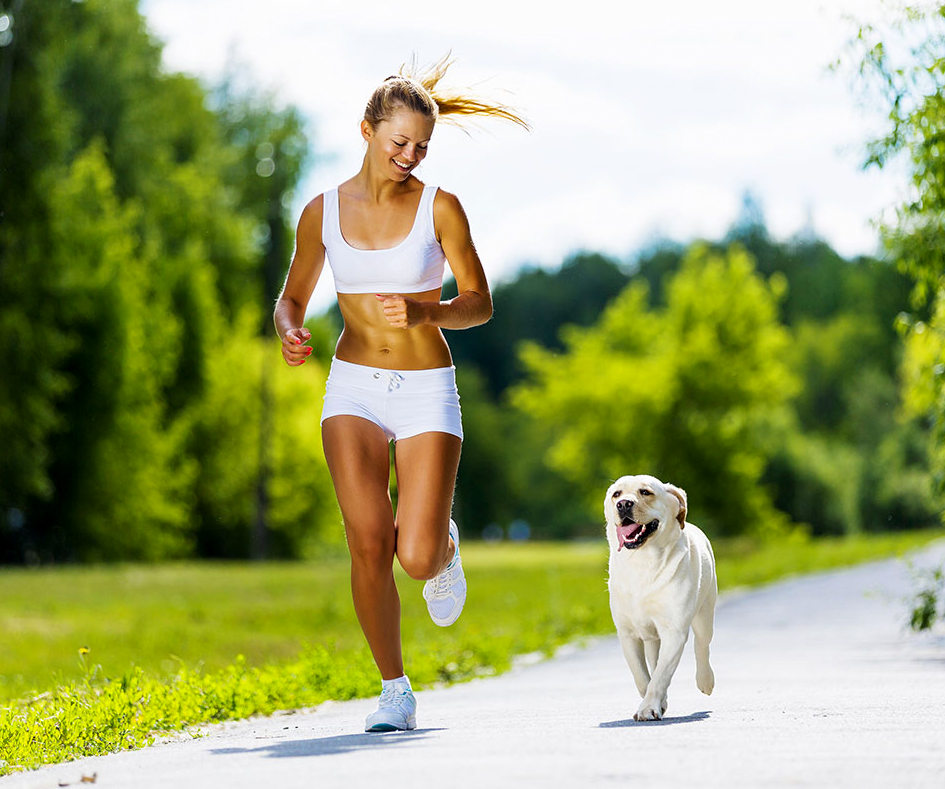
Cardiovascular Training
Cardio improves your heart and lung capacity, stamina, and mental focus. It also helps regulate blood pressure, blood sugar, and cholesterol which are key concerns among Singapore’s aging population.
For individuals with sedentary workdays, regular cardio exercises can help counteract the effects of prolonged sitting and reduce stress levels.
- Frequency: 3–5 times a week
- Duration: 20–60 minutes per session
- Intensity: Varies between low (LISS), moderate, or high (HIIT)
Examples include:
- Walking or jogging around your neighbourhood or the park connector
- Swimming at ActiveSG pools
- Spinning or cycle classes
- Dancing, boxing, or skipping
- Taking the stairs more often
If you’re tight on time, HIIT (High-Intensity Interval Training) offers maximum results in under 30 minutes. Singapore gyms, such as Ritual, Barry’s, and Orangetheory, offer structured HIIT classes tailored for busy professionals.
Tip: Track your steps with a smartwatch or phone app. Aim for at least 8,000 to 10,000 steps a day to keep your cardiovascular system active.
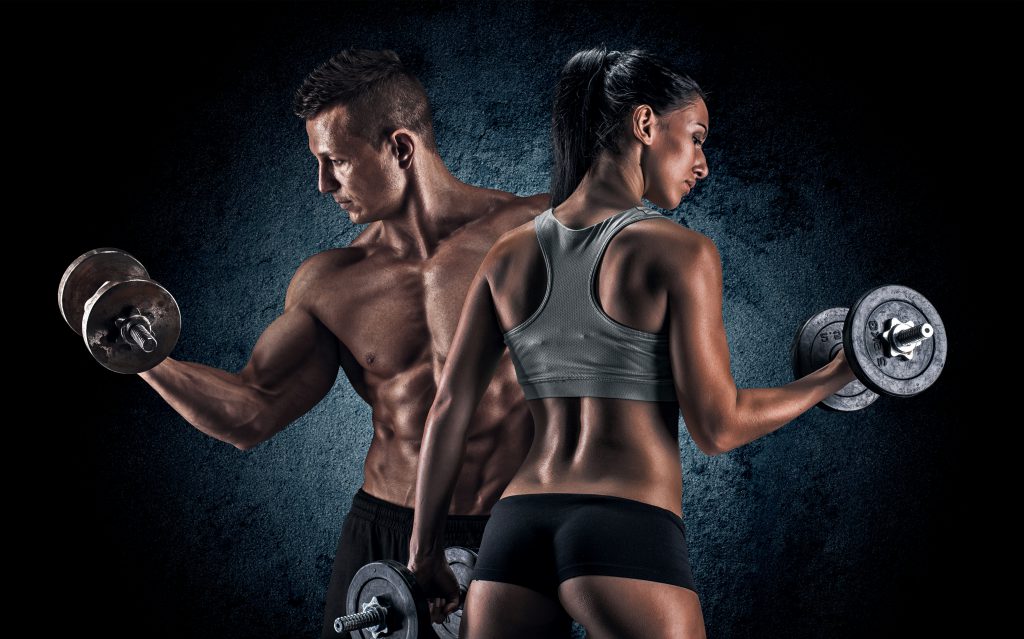
Mobility and Flexibility
Mobility refers to the ease with which your joints move. Flexibility is about your muscles’ ability to stretch. Without both, you risk injury, even in daily tasks like lifting laundry or climbing stairs.
Most Singaporeans work in office environments or WFH setups. This leads to stiff hips, tight shoulders, and hunched backs. Mobility training keeps you moving pain-free and improves your posture.
- Frequency: Daily (5–15 minutes) or at least 3 times a week
- Duration: 10–20 minutes
- Type: Dynamic stretches, foam rolling, yoga, or mobility flows
Start with morning stretches, pre-workout warm-ups, or evening yoga sessions. YouTube channels like Yoga with Adriene or apps like ROMWOD provide guided sessions.
Tip: Use your rest days for mobility-focused workouts. They reduce soreness, speed up recovery, and keep your body limber.
How to Combine Strength, Cardio, and Mobility in a Week
Here’s a simple sample schedule for a balanced fitness routine:
| Day | Workout Type |
| Monday | Strength (Full Body) + 10-min mobility |
| Tuesday | Cardio (LISS walk or jog) + Stretching |
| Wednesday | Strength (Upper Body) + Foam Rolling |
| Thursday | HIIT Cardio or Spinning |
| Friday | Strength (Lower Body) + Stretch |
| Saturday | Active Recovery (Yoga or Pilates) |
| Sunday | Rest or light mobility work |
Adjust the schedule depending on your fitness level, age, recovery time, and daily commitments.
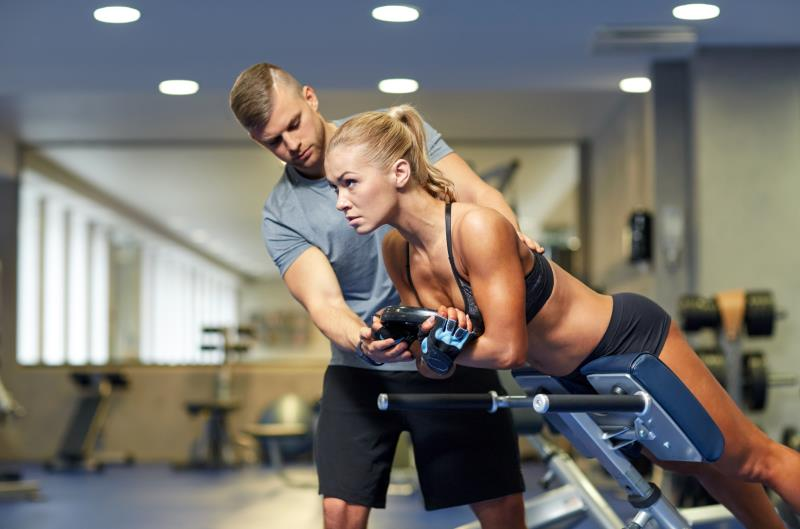
How Personal Trainers Help You Stay Balanced
Not sure how to structure your workouts? A certified personal trainer in Singapore can:
- Customise a plan for your fitness level
- Prevent injury by correcting form
- Mix strength, cardio, and mobility effectively
- Track your progress and make adjustments
Studios like FITLUC, Gymmboxx, and Virgin Active offer personal training services with trial sessions to help you find the right fit.
Final Thoughts
A balanced routine doesn’t require hours in the gym every day. Instead, it’s about intentional movement, variety, and consistency.
Incorporating strength, cardio, and mobility enables your body to remain resilient, perform optimally, and age gracefully. Whether you live in an HDB, condo, or landed home, there are countless ways to stay active.
Start small, build discipline, and evolve as you go. Your body will thank you for it.


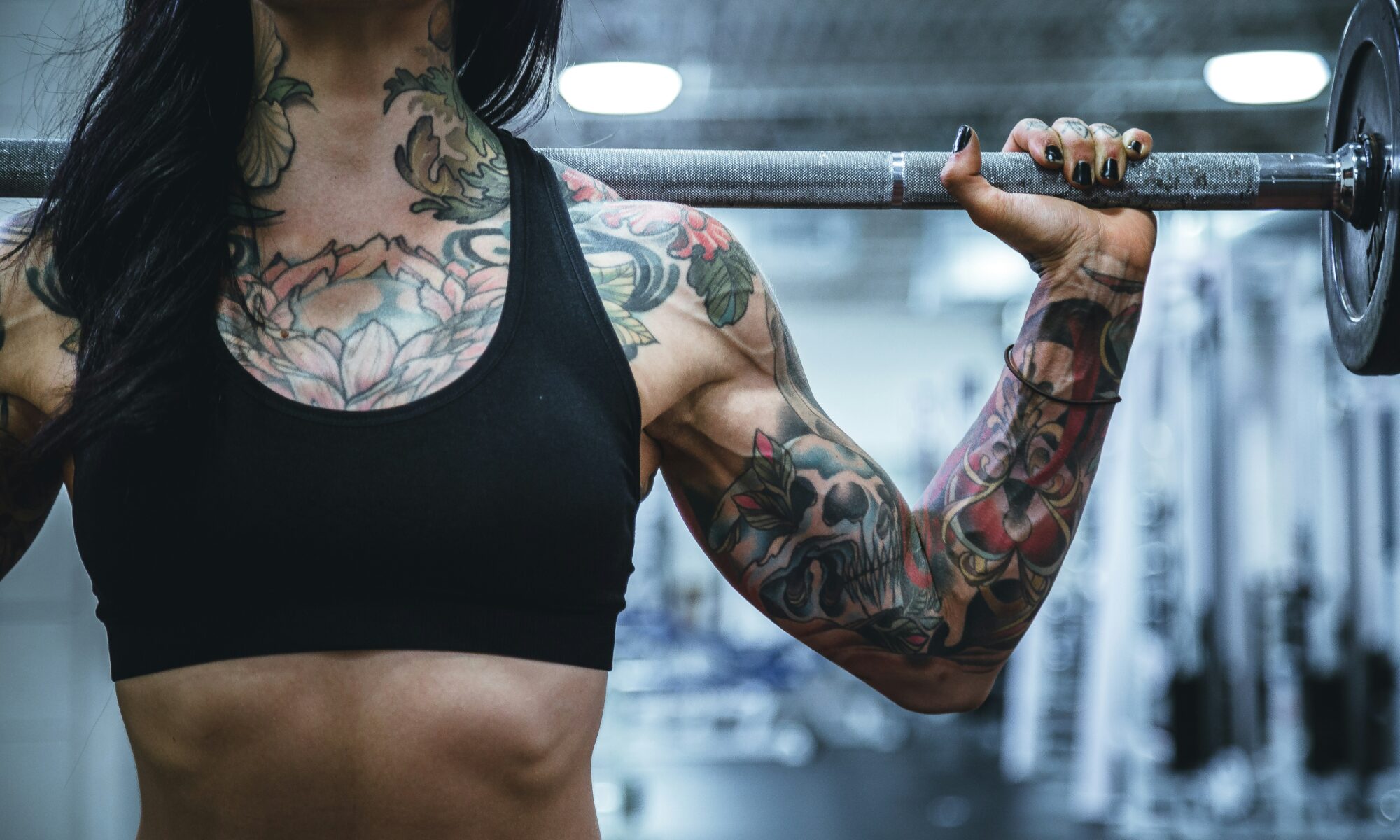
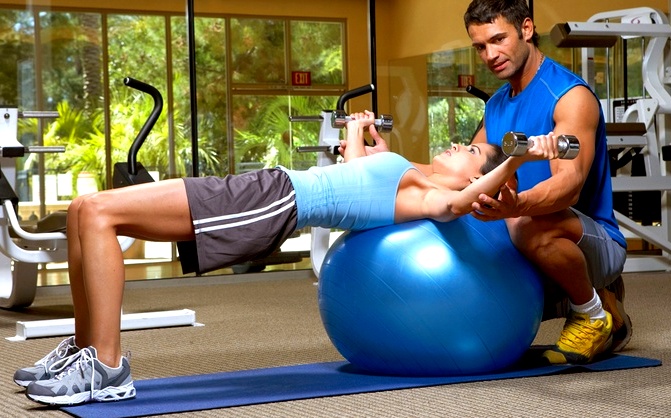
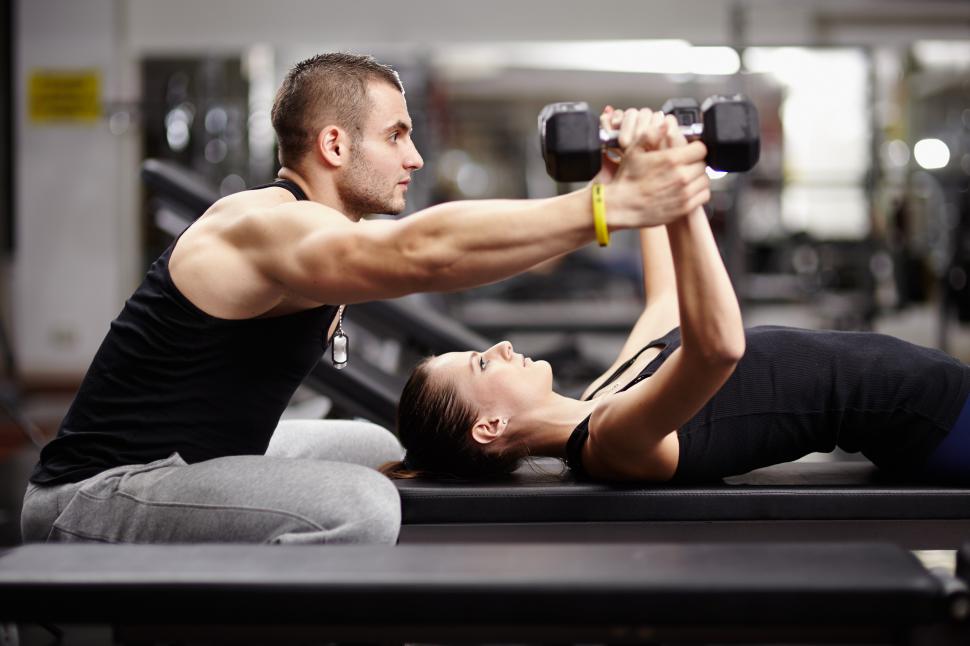
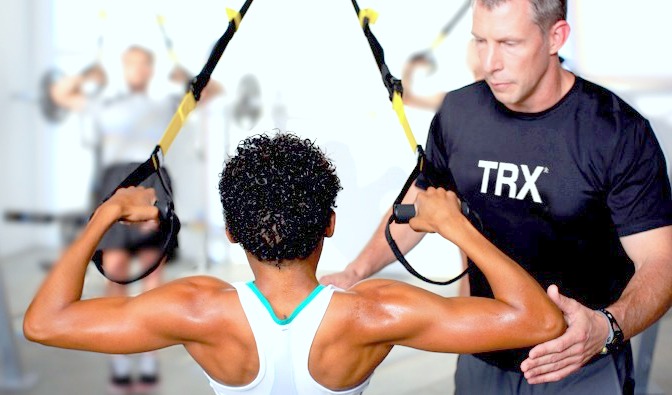
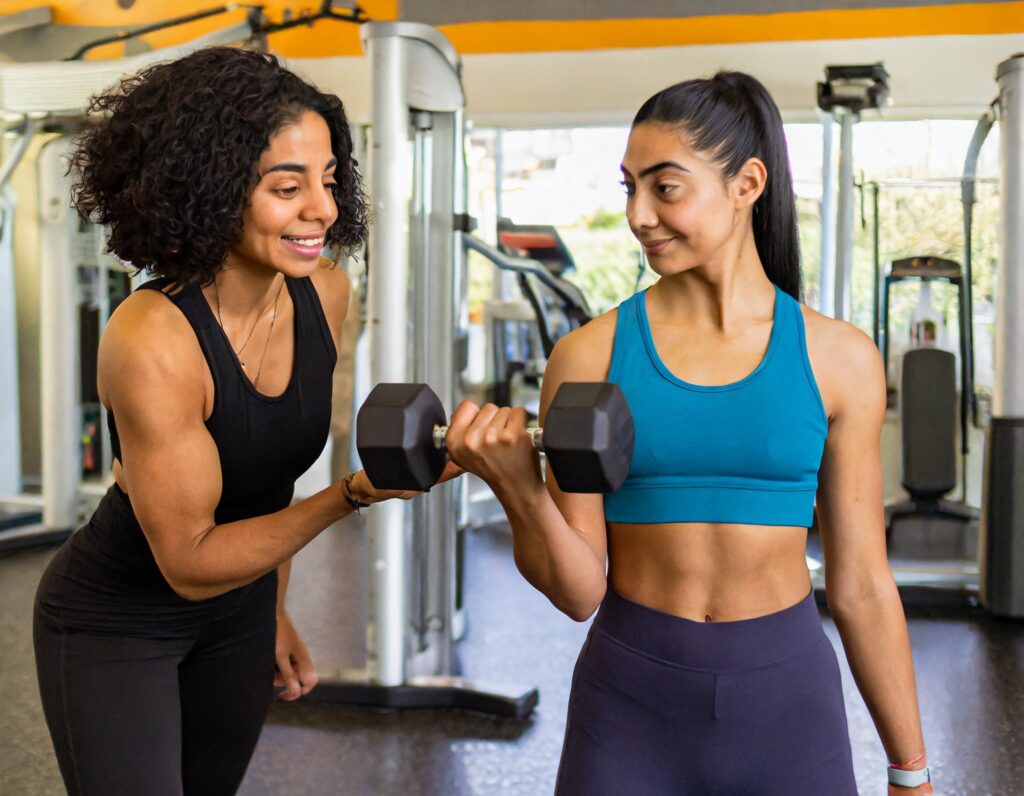
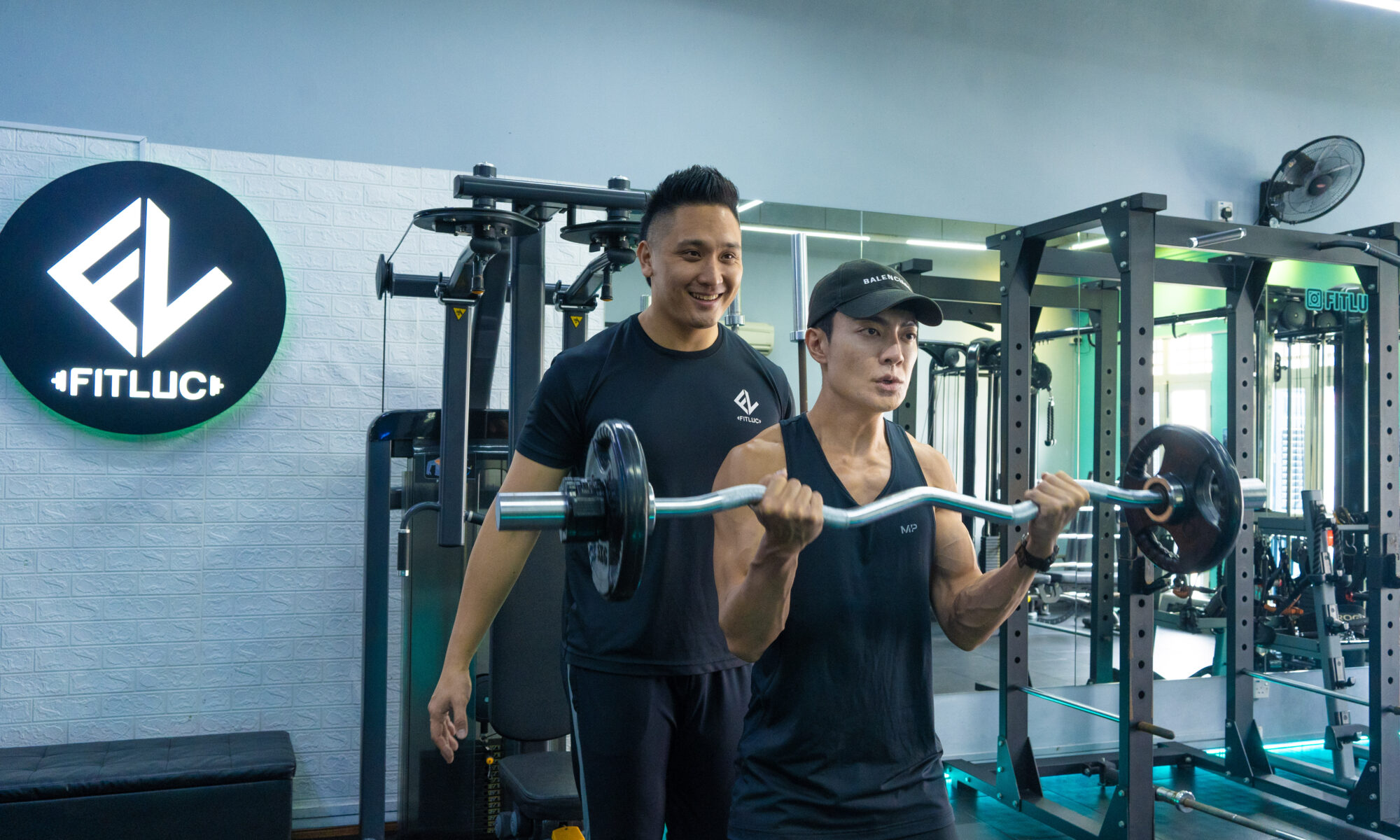
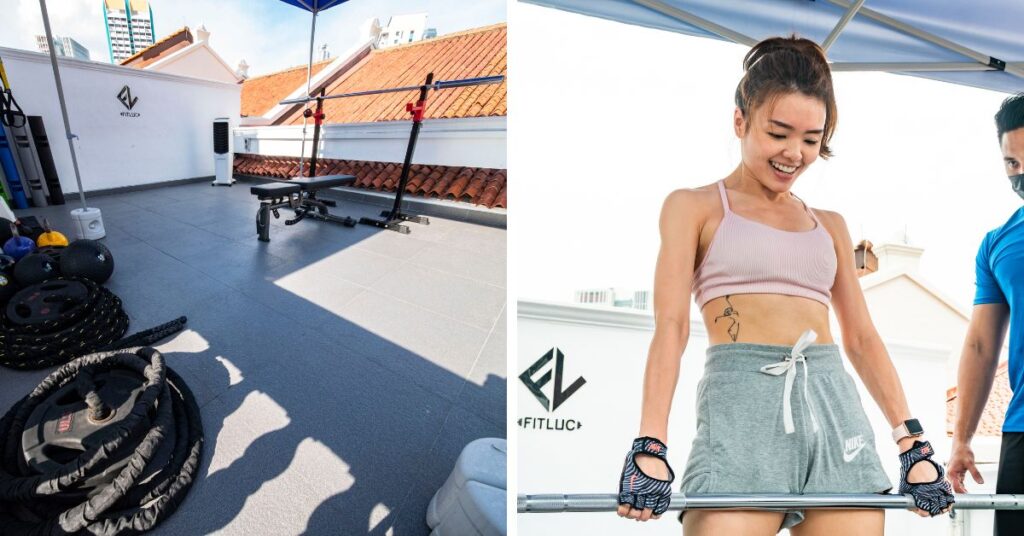

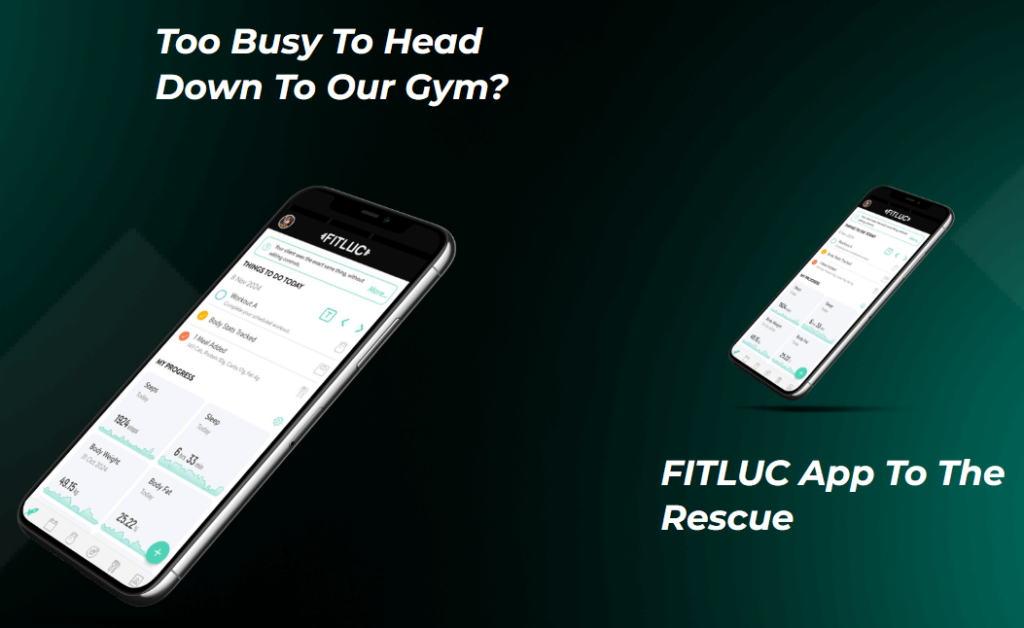
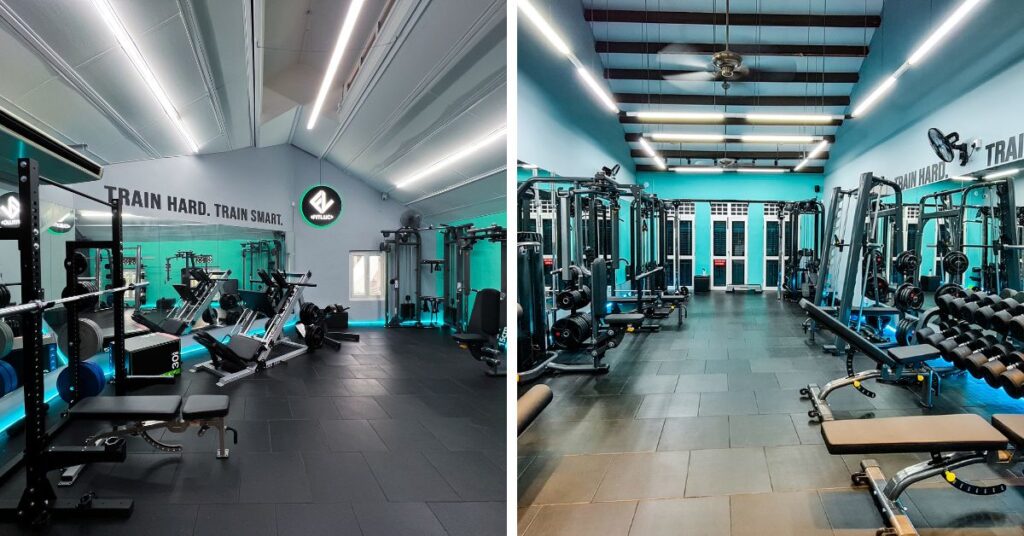
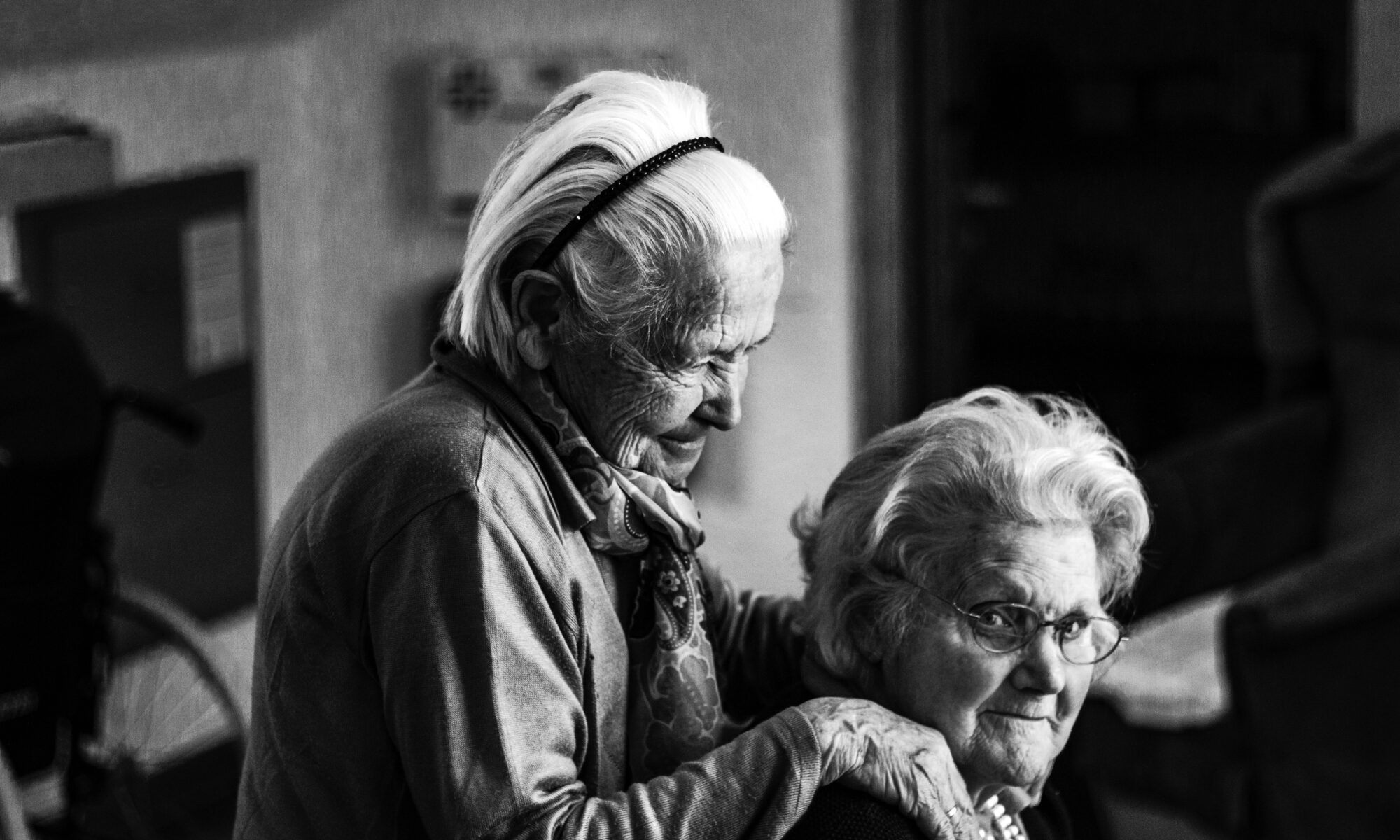
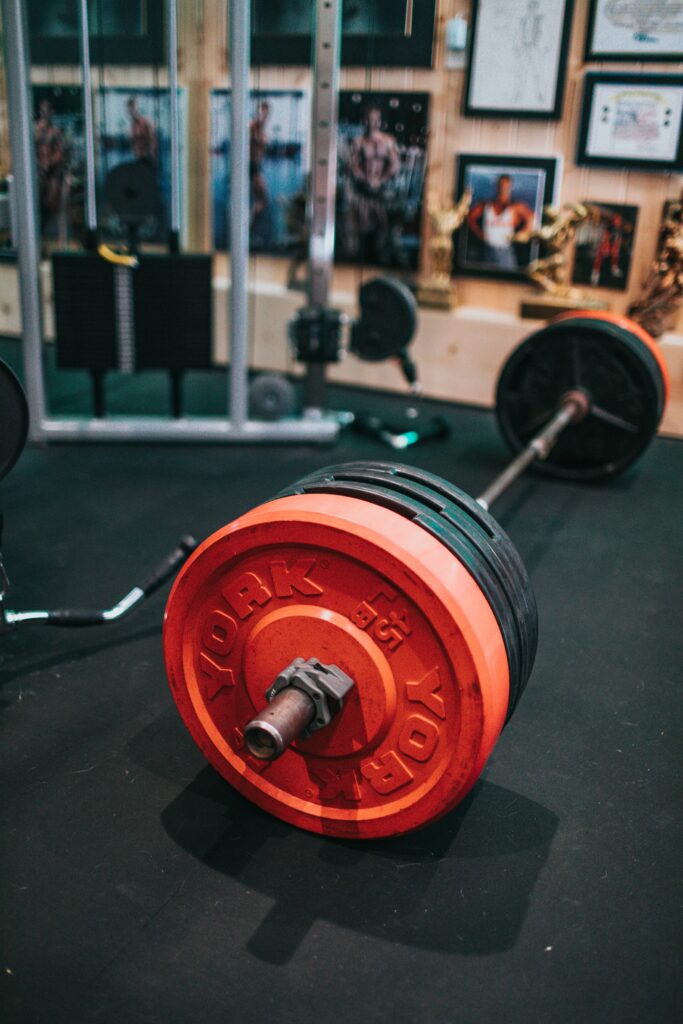



You must be logged in to post a comment.